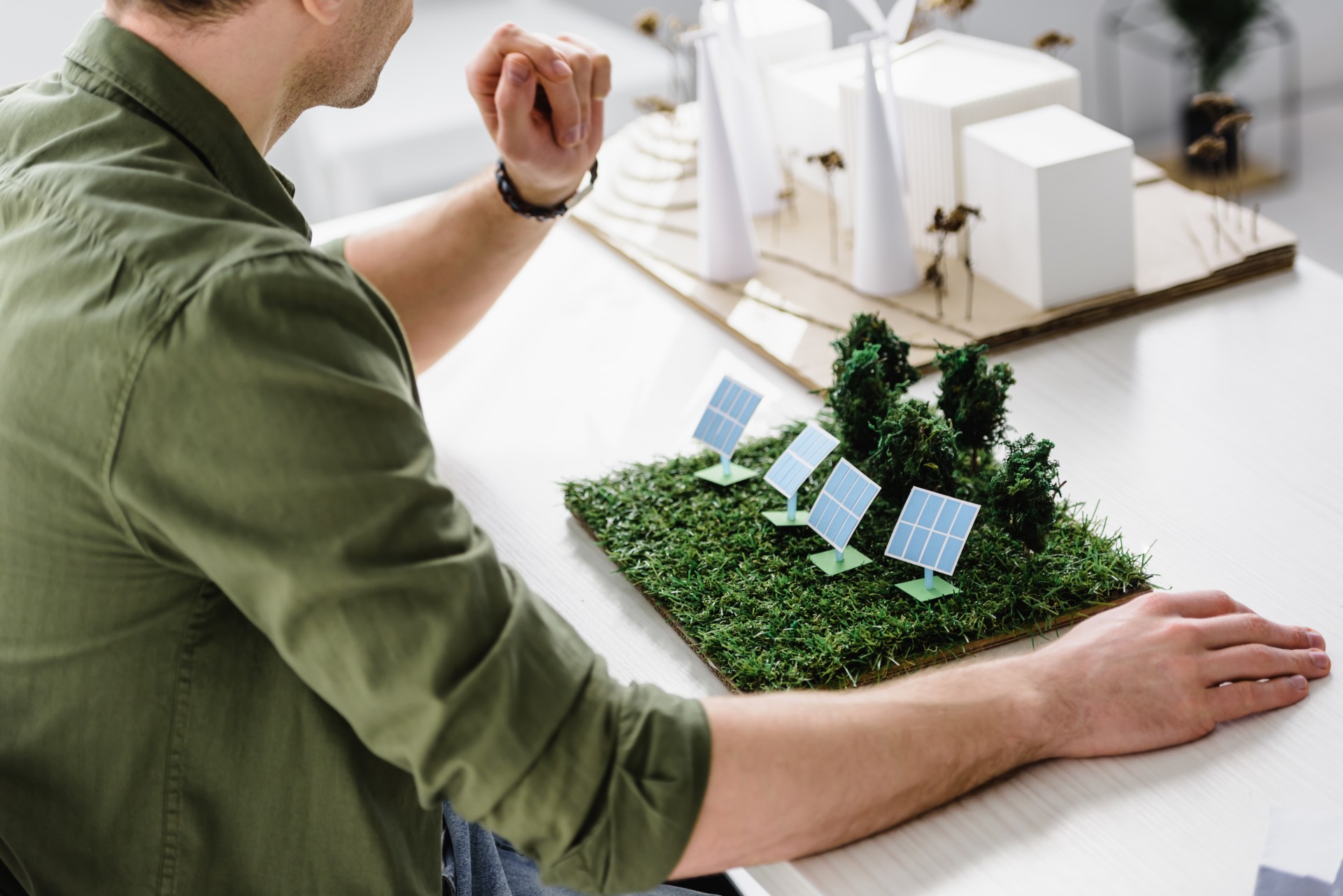
Ecological Green Construction and Architecture

Ecological Green Construction and Architecture: Shaping a Sustainable Future
In the field of architecture and construction, the principles of ecological green building have emerged as a beacon of hope for creating sustainable, environmentally friendly structures that harmonize with nature. This article explores the essence of ecological green building and its transformative impact on our built environment.
Embracing Nature-Inspired Design:
Ecological green construction and architecture draw inspiration from the genius of nature, incorporating design elements that mimic natural systems. From passive solar design to green roofs and living walls, these elements not only enhance building aesthetics but also promote energy efficiency, natural ventilation, and biodiversity.
Prioritizing Energy Efficiency:
At the core of ecological green building is a commitment to energy efficiency. By integrating high-performance insulation, energy-efficient windows, and renewable energy technologies such as solar panels and wind turbines, green buildings reduce energy consumption and dependency on fossil fuels, thus reducing carbon emissions.
Using Sustainable Materials:
Unlike conventional construction practices that often rely on resource-intensive materials, ecological green construction prioritizes the use of sustainable, low-carbon materials. From reclaimed wood and steel to insulation made from natural fibers, these materials minimize environmental impact while promoting a healthier indoor environment for occupants.
Promoting Water Conservation:
Water scarcity is a growing concern worldwide, making water conservation a key aspect of ecological green construction. Strategies such as rainwater harvesting, greywater recycling, and the use of low-flow fixtures not only reduce water consumption but also alleviate pressure on municipal water systems and promote resilience to drought.
Encouraging Community Engagement:
Beyond individual buildings, ecological green construction extends to the broader community, fostering collaboration and collective action towards sustainability. Green construction projects often involve stakeholders through participatory design processes, educational activities, and community-focused initiatives, empowering residents to become stewards of their built environment.
In conclusion, ecological green construction and architecture offer a holistic approach to creating built environments that are not only environmentally sustainable but also socially equitable and economically viable. By integrating nature-inspired design, energy efficiency, sustainable materials, water conservation, and community engagement, we can collectively build a brighter, greener future for generations to come.

